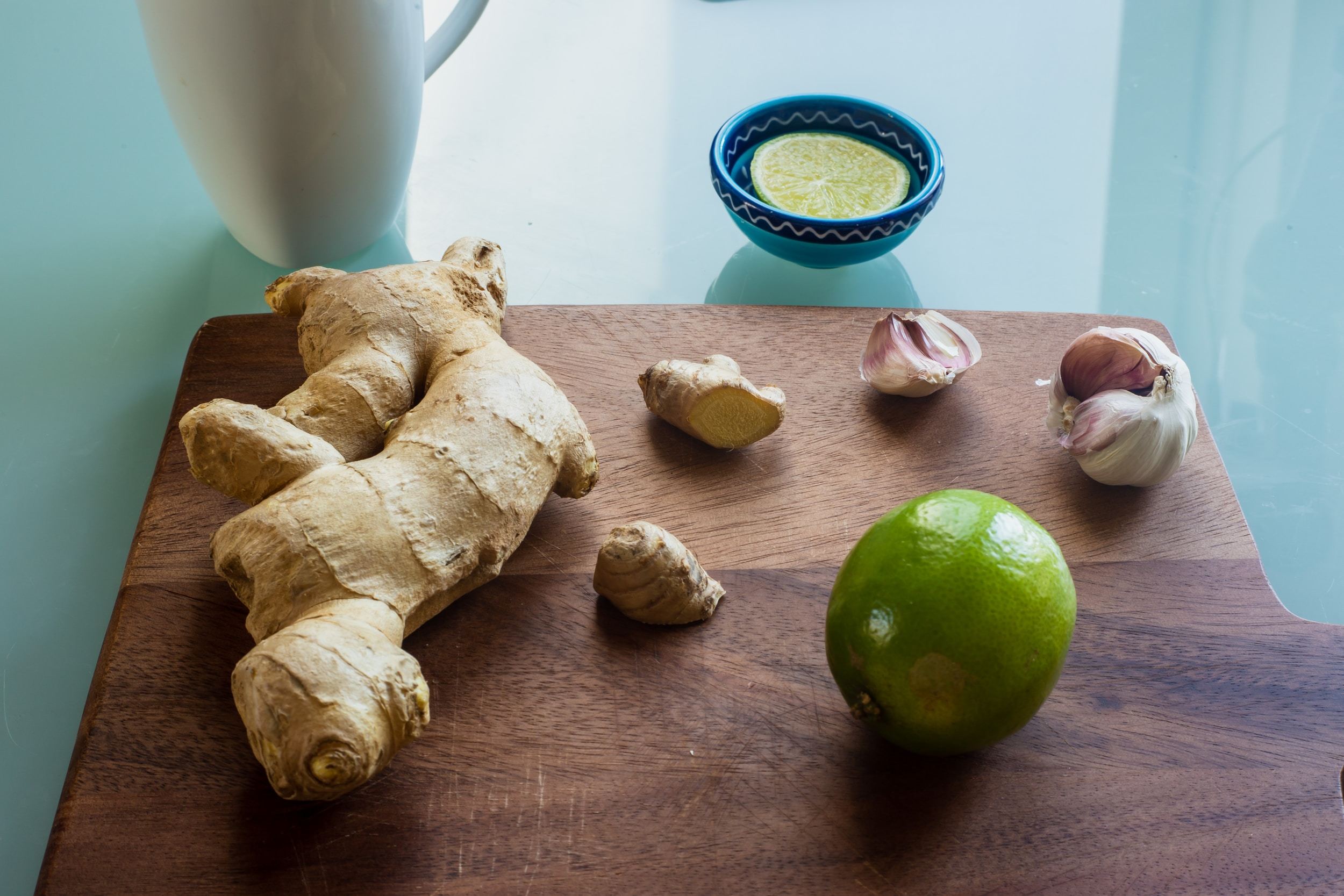Introduction to the use of ginger in Middle Eastern cuisine
Ginger is a root with a unique spicy aroma and taste that is widely used for both medicinal and culinary purposes. Its use in Middle Eastern cuisine dates back to ancient times, where it was highly valued for its medicinal properties and unique flavor. Today, ginger is still an essential ingredient in many traditional Middle Eastern dishes, adding a distinct flavor and increasing the dish’s nutritional value.

Ginger has a long history of use in traditional Middle Eastern medicine, often used to treat digestive issues, coughs, and colds. In cooking, ginger is used to add a subtle spiciness and a sweet, earthy flavor to different types of dishes, both sweet and savory.
Ginger is used in many dishes, from the popular Middle Eastern drinks like chai tea and spiced tea to savory dishes, like stews and curries. One of the most popular dishes that feature ginger is Murgh Makhani, which is also known as Butter Chicken. This is a rich and creamy chicken curry that is flavored with a variety of spices, including ginger, garlic, and coriander.

It is typically served with rice, and it is an excellent representative of ginger's contribution to Middle Eastern cuisine. Ginger is also a popular ingredient in traditional Middle Eastern desserts. For example, Halva is an iconic Middle Eastern dessert that is made with the combination of sesame seeds, honey, and ginger.
Another popular dessert is Baklava, a sweet pastry that features layers of phyllo dough and pistachios, with a honey syrup that is infused with ginger. In conclusion, ginger is an essential ingredient in Middle Eastern cuisine that adds a unique flavor and increases the dish's nutritional value.

Whether it's used in savory dishes like Chicken Curry or sweet desserts like Baklava, ginger's versatility makes it a staple ingredient. Along with its delicious taste and health benefits, ginger continues to be an integral part of Middle Eastern cuisine, making it a culinary delight for food enthusiasts worldwide.